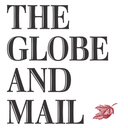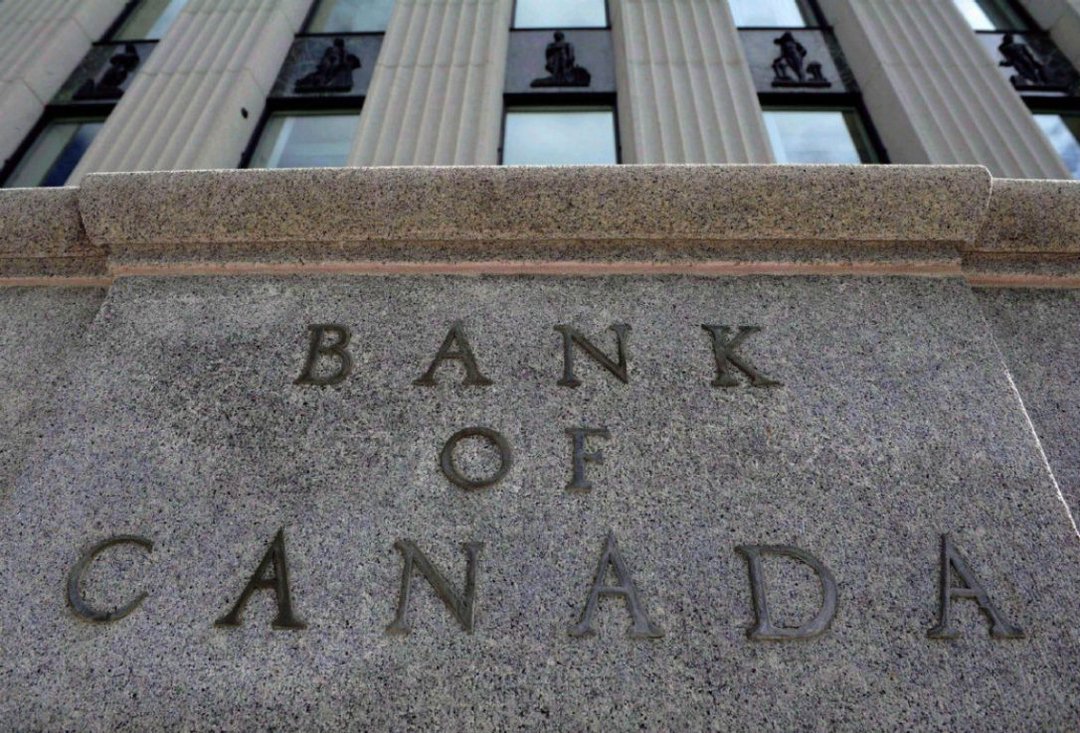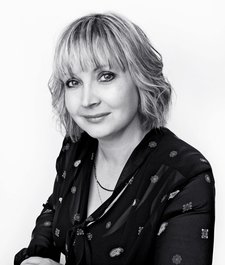
The Editorial Board
Sept. 17, 2021

This isn’t what it looks like.
Inflation surged by 4.1 per cent in August, according to Statistics Canada. That was fastest rate of price increases in almost two decades. And it landed after a 3.7-per-cent jump in July, which set the previous record for the biggest monthly price rise in a decade.
Among the many things more expensive today than when the country was coming out of the pandemic’s first wave are cars (up 7.2 per cent), hotel rooms (19.3 per cent), and gasoline (prices up by almost a third).
But this inflation – what’s driving it, and the statistical quirk behind much of it – does not appear to augur a return of the 1970s. Back then, generalized inflation was spiralling, and threatening to get out of control. It was real, and it was dangerous. This isn’t that. Not yet.
Yes, headline inflation has risen in the past few months. Yes, some businesses report labour shortages, which can spark higher wages and prices. And yes, while massive government borrowing and spending were necessary over the last year and a half to avoid a deflationary spiral, some people worry that all will ignite inflation – with Wednesday’s Statscan data the latest sign of a coming blaze.
But take a closer look, and this week’s headline inflation number is at least as much noise as signal.
For example, strip out the cost of gasoline – a global price the Bank of Canada has no ability to control – and inflation in August was 3.2 per cent, not 4.1.
Strip out other volatile elements to get at what it known as core inflation, and the picture get less worrisome again. One core inflation measure, known as “CPI-common,” remains below the Bank of Canada’s 2-per-cent target. And remember that today’s higher prices are coming on the heels of last year’s lower prices, when Canada experienced a recession. It’s what economists call the “base effects” – an inflation calculation whose denominator is a previous period of low prices. BMO Economics notes that the two-year inflation rate averages out to 2.1 per cent.
Last week, Bank of Canada Governor Tiff Macklem spoke of his expectation that the underlying factors in recent higher prices are “transitory.” The latest numbers strongly suggest as much. Few people booked hotel rooms last summer, depressing prices; this August was livelier, driving prices back up. Same with airline tickets. And the supply of new cars is being squeezed by a pandemic-induced global supply-chain crunch.
It’s also useful to note that in the United States, where reopening happened earlier, things like hotel prices also spiked, but have since moderated.
In Canada, several top economists reacted to Wednesday numbers by saying that things are likely as hot as they will get on the inflation front. “Might represent the summit of the mountain” – CIBC; “May be close to the peak” – BMO. Also note that the Bank of Canada in July forecast that inflation in the July-to-September period would average 3.9 per cent, but would gradually moderate thereafter.
Memory is often short-sighted. Look back in time. The peaks of previous decades that this summer’s inflation rates rival are not random coincidence. All three situations happened as the country came out of recession, with a weak economy firing back to life, leading to more jobs, more demand and more spending. In the early 2000s recession, inflation hurtled toward zero (not a good thing) and then spiked – briefly – past 4 per cent, as the economy recovered. It moderated thereafter. In the early 2010s, after a jarring spell of deflation during the Great Recession, inflation spiked – briefly – to near 4 per cent, before falling.
In the year ahead, economists expect an inflation rate of close to 3 per cent for 2021 and 2022. There may be longer lasting pressures, such as wages. But with the unemployment rate still above 7 per cent, it’s hard to believe that inflation will be the primary fear.
Finally, to state the obvious, if inflation does take off, the Bank of Canada has the tools to bring it back to earth. The central bank would do that by raising interest rates to slow the economy. With a benchmark interest rate effectively at zero, the bank has never had more firepower at its disposal.
For now, the economy is in convalescence. Inflation is up, but a lot of it appears to be transitory. An economy that nearly came to a standstill in 2020 is getting back in gear. Despite the headlines, inflation is not Enemy No. 1.
This Globe and Mail article was legally licensed by AdvisorStream.
© Copyright 2025 The Globe and Mail Inc. All rights reserved.


